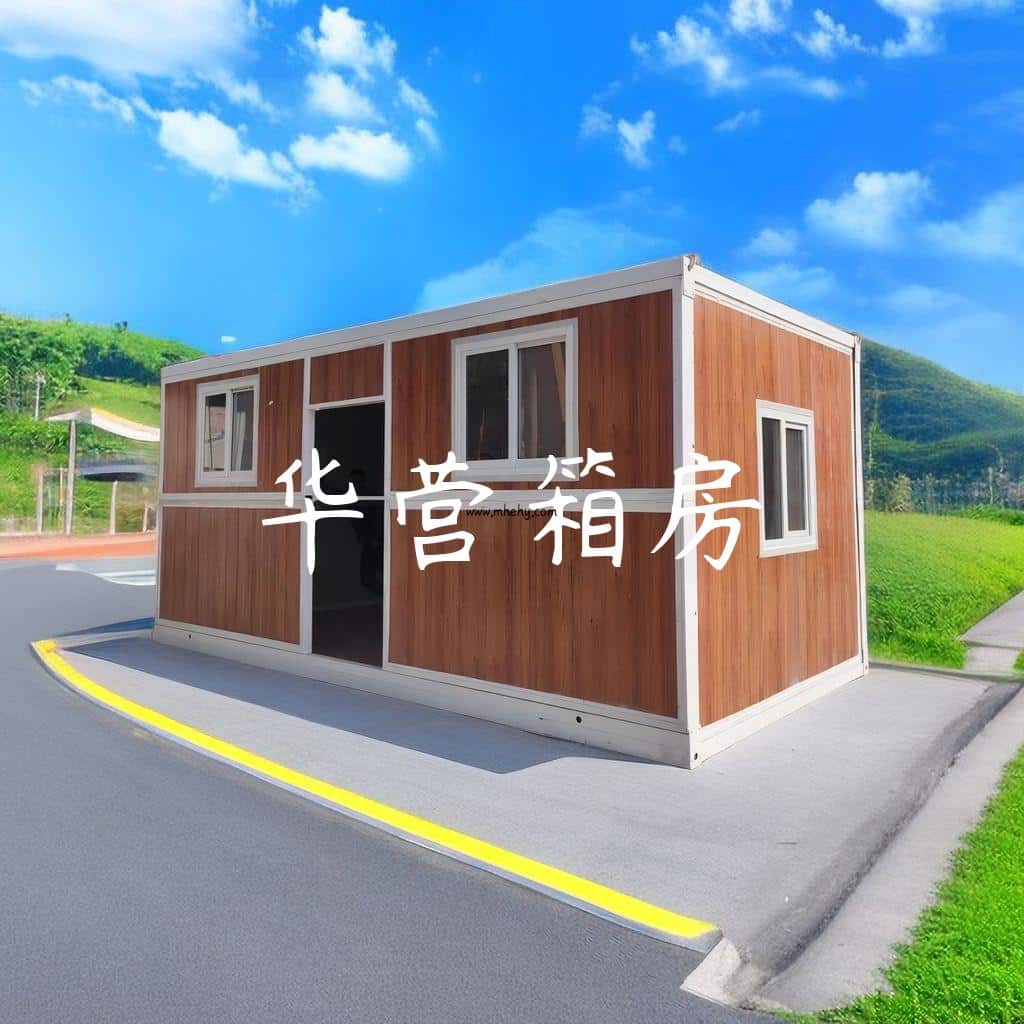Embracing Modular Living: Exploring the Upsides of Expandable Prefab Homes

In recent years, there has been a growing interest in modular living and prefab homes. These innovative structures challenge conventional notions of housing and offer a variety of benefits. Embracing modular living means exploring the upsides of expandable prefab homes, including affordability, efficiency, flexibility, and sustainability.
One of the most significant advantages of expandable prefab homes is their affordability. Traditional housing can come with exorbitant price tags, making it almost impossible for many individuals and families to own their own home. In contrast, prefab homes are typically more affordable due to their efficient manufacturing processes. The ability to scale these structures up or down to match individual needs makes them a suitable option for various budgets and lifestyles.
Efficiency is another crucial aspect of modular living. Constructing a traditional home usually takes months, if not years, leading to delays, cost overruns, and increased stress. On the other hand, prefab homes are built in a factory-controlled environment, minimizing the risks associated with weather conditions and human error. The segments or modules are manufactured concurrently while site preparation is taking place, allowing for a significantly reduced construction timeline. This efficiency translates into time and money savings for homeowners.
Flexibility is a key feature that attracts many to expandable prefab homes. As families and needs evolve, homeowners may find themselves requiring more space. Prefab homes are designed to accommodate future expansions, allowing owners to add additional modules or floors easily. This adaptability ensures that these homes can serve as long-term housing solutions, effortlessly growing with their inhabitants. Whether it’s a growing family or simply a need for additional work or recreational space, modular living offers the flexibility to adapt to changing needs.
Sustainability is a pressing concern that should be on everyone’s mind, and modular living can make a positive impact in this area. Prefab homes are often constructed using environmentally friendly materials and energy-efficient techniques. The controlled factory environment reduces construction waste and optimizes material usage. Additionally, these structures can be designed with features such as passive solar heating, rainwater harvesting, and solar panels, minimizing their environmental footprint and saving homeowners money on utility bills.
Another benefit of expandable prefab homes is the ability to create unique and personalized living spaces. The modular nature of these homes allows for endless design possibilities. Homeowners have the freedom to choose from various floor plans, finishes, and customization options. With the help of skilled architects and designers, it’s possible to create a home that perfectly fits individual tastes and needs. This aspect of modular living allows homeowners to create a space that truly reflects their personality and maximizes their quality of life.
In conclusion, embracing modular living means exploring the upsides of expandable prefab homes. From affordability to efficiency, flexibility, and sustainability, modular living offers numerous advantages over traditional housing. As housing needs continue to evolve, these innovative structures provide a viable and versatile solution for individuals and families alike. By choosing modular living, we can create personalized and sustainable spaces that enhance our lives while minimizing our impact on the environment.













